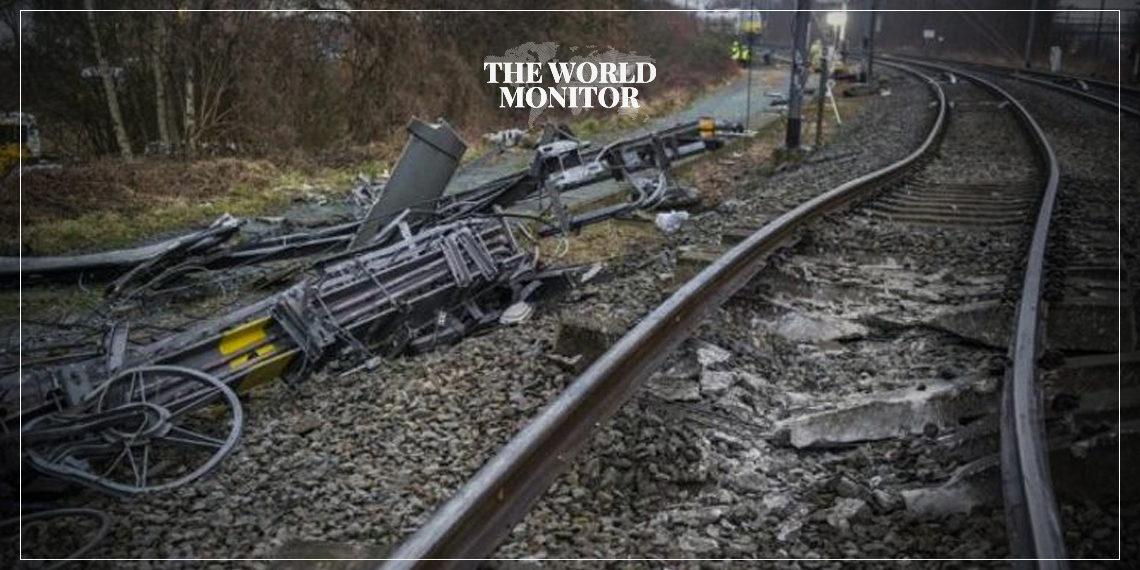Train services in southern Belgium experienced significant disruptions on Sunday, particularly around the city of Charleroi.
According to reports from Belgian radio station RTL, nine train lines were either completely halted or severely affected due to infrastructure issues.
The disruptions were caused by a fire alarm, which led to the evacuation of staff at key facilities. Infrabel, the company responsible for managing Belgium’s railway infrastructure, confirmed that the evacuation was necessary to ensure safety.
Emergency systems have been activated to restore reliable train services as soon as possible.
Belgium’s train network is managed by Infrabel, a state-owned company responsible for the maintenance and development of the railway infrastructure.
Train services are a crucial mode of transport in the country, connecting major cities like Brussels, Antwerp, and Charleroi.
Charleroi itself is an important industrial hub in southern Belgium, making its train routes vital for both daily commuters and freight services.
While train delays and disruptions do happen periodically due to technical issues or weather conditions, the scale of this incident is more unusual, impacting several key lines simultaneously.
Fire alarms in transportation hubs are treated with high urgency to ensure the safety of both workers and passengers. In this case, although no fire was confirmed, safety protocols required a full evacuation and a temporary halt to services.
As railway services are a major mode of transportation in Belgium, these disruptions can lead to widespread delays, affecting travel plans for both local commuters and international passengers.
The country’s dense train network, which also connects to neighboring countries such as France, Germany, and the Netherlands, makes it a critical part of European transport infrastructure.
Belgium has invested heavily in improving its railway system over the years, but incidents like these highlight the challenges in maintaining an aging infrastructure.
The quick response by Infrabel and the use of emergency systems help ensure that such disruptions are resolved as efficiently as possible.






